Tips for Bonding Rabbits12/4/2018
The exceptions would be two sisters from the same litter who are likely to be already bonded (though they may become territorial if not spayed promptly when they mature) or for a senior/baby pair where the senior is already fixed and the baby showing no interest in displaying dominance or territorial behaviors. Even if you have two young rabbits who appear bonded, things can quickly go south when the hormones begin to influence behavior, and then separation and re-bonding may be necessary. This is why adopting two bunnies at once can prove especially tricky. Does this sound complicated yet? We're only getting started!
Rabbit Bonding: Tips & Tricks
Is bonding rabbits always successful? No. But the majority of failures are due to giving up too soon and rushing the process or bonding attempts in a non-neutral area. Some bunnies just click and bond nearly instantaneously, such as with Mochi and Mimi below (photo from owner Eleanor M.). Mochi was neutered and immediately took to Mimi when she joined him when she was about two months of age (and was later spayed). The three does (Anna, Ruby, & Fizz Pop) pictured above were not spayed but played together nicely in neutral territory since they grew up together. Senior doe Emmy & young Snowflake (also a female) got along well because Emmy was incredibly mellow and Snowflake was very young. They did not share living quarters, as this would have created territorial problems in unspayed rabbits. These blissful interaction would undoubtedly not last with the hormones in play, but it is further evidence that some bunnies have less aggression and territorial instinct than others. Mothers and their female babies are often great options for bonding as well as two sisters from the same litter. Bucks (males) have the most tendency to fight, but I have seen bonds form, especially with two brothers (though separation until neutering is necessary). Buck/doe combinations are also great, but it is usually best to have one spayed/neutered and then acquire a second bunny (younger is better unless the new bunny is already spayed/neutered).
|
♥ Welcome! ♥ Hook's Hollands is a small hobby rabbitry on our Ohio farm and is operated by me (Diane) with the help of my family. All of my bunnies are pampered pets whom I adore. This blog serves to spotlight various bunny care topics and share a bit about my 365-days-a-year-with-no-vacations experiences raising bunnies. Categories
All
Archives
February 2021
|




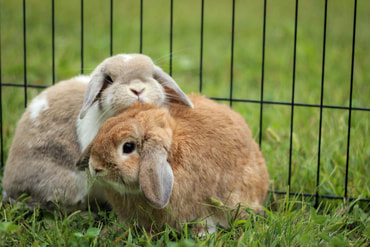
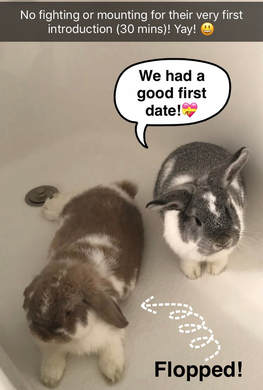
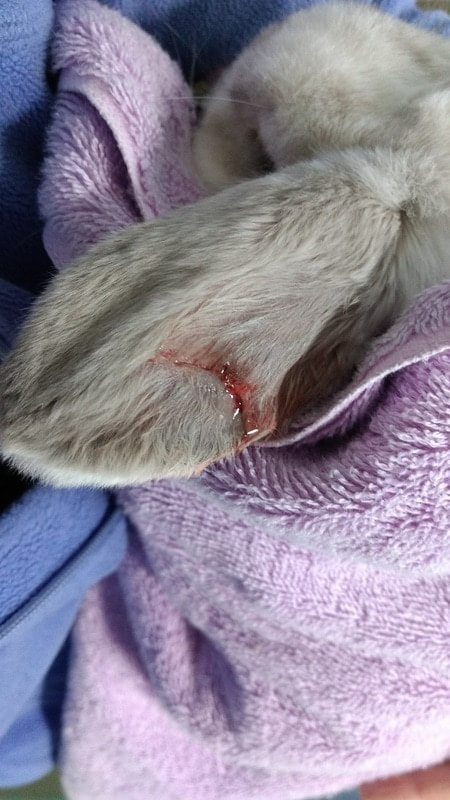
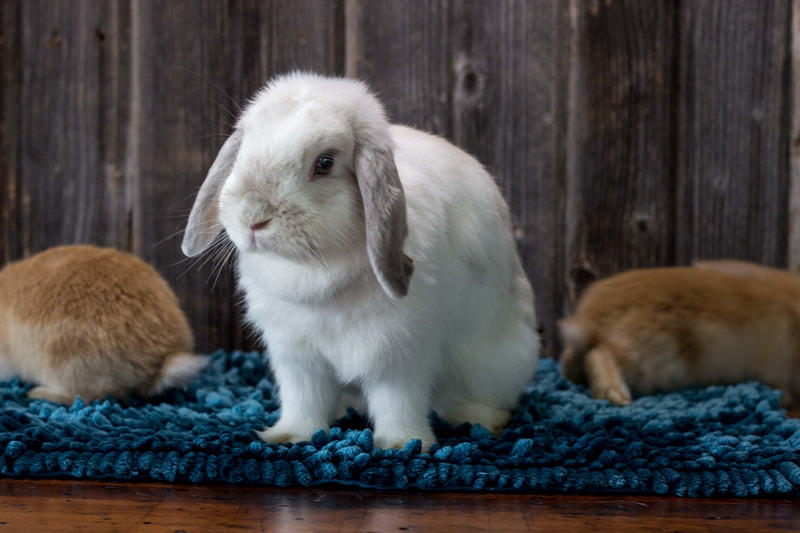
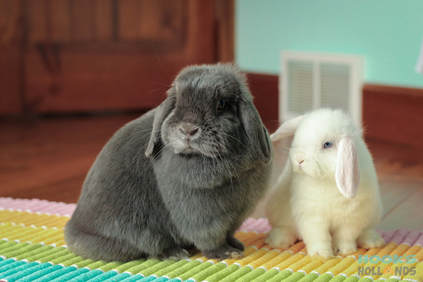
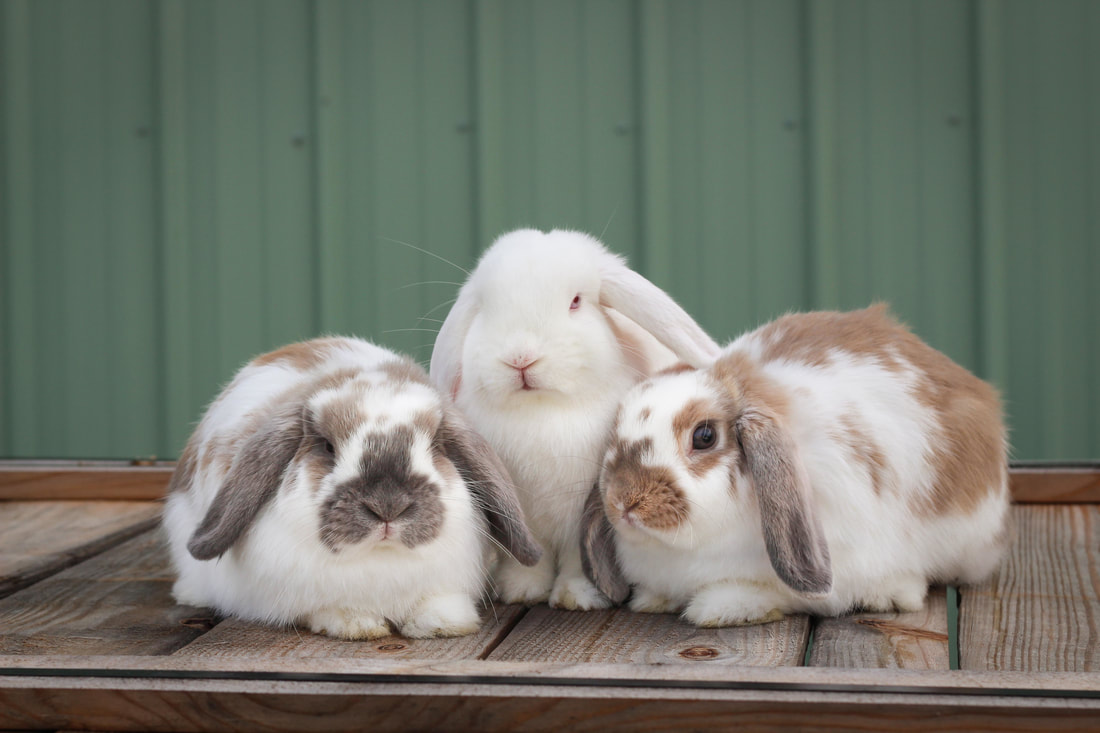
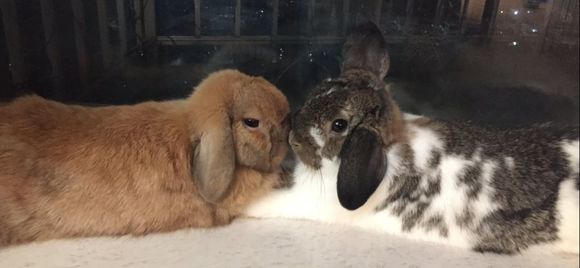
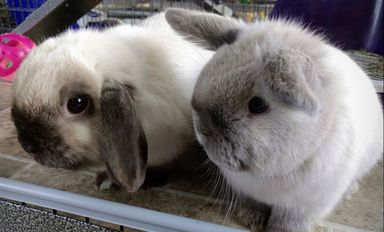
 RSS Feed
RSS Feed


